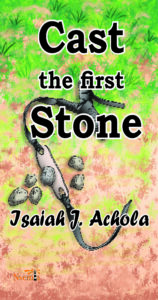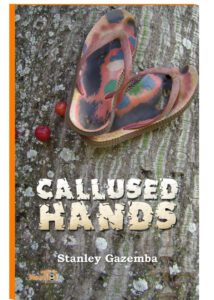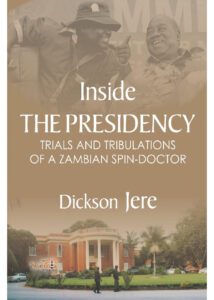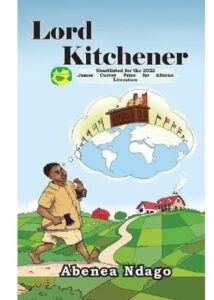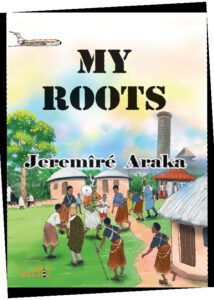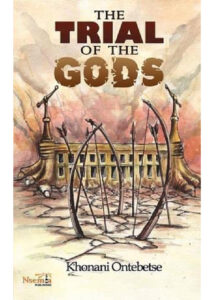
- Title: The Eye of Mayenga
- Year: 2013
- Author: Jaspher Rori
- Publisher: Nsemia Inc. Publishers, Ontario, Canada
- Reviewed on: January 23, 2014
Kenya: The Burden of Witchcraft in African Villages[1]
BY KHAINGA O’OKWEMBA, 23 JANUARY 2014
“‘I have smelled a rat’, Gwako firmly made his announcement in his croaked voice before a gathered crowd of villagers outside the house of Senta’s parents.
‘Senta will be alright, but the evil and ruthless spirits have half-broken the eye of Mayenga as I speak.’” This truncate is lifted from Jaspher Rori’s new novel, The Eye of Mayenga, 2013 (Nsemia Publishers).
The novel is set in a fictionalised underdeveloped African village. Mayenga has a beautiful landscape crisscrossed with streams, reeds, rocks, lush bushes and hills on which young boys skate on banana groves.
But it is a ‘sleepy’ rural outpost ‘concealed from reality’ where ‘the preferable means of transport is by foot.’ When it rains, the roads are impassable.
Mayenga is cut off from the rest of the world. It is a village steeped in antediluvian practices, and where every misfortune is explained in terms of witchcraft — the one trade that seems to thrive in this remote village.
Men idle away drinking cheap illicit liquor and petty gossip. Life in Mayenga is punctuated with pessimisms which has frustrated any meaningful development. People are afraid to take personal initiatives because they fear marauding witches.
This lifestyle takes its toll in Mayenga; poverty is rampant; men live on handouts; parents are unable to pay school fees. Just as in his first novel, A Beacon of Hope, Jaspher Rori places too much premium on Western civilisation.
Thus Senta, the main character grows in this poverty-stricken village and succeeds to become a lawyer in Nairobi. He builds a modest house in the village amidst concerns that those who envy his new status in society will bewitch him.
However, the experience of the outside world he encounters in Nairobi has opened Senta’s eyes to new possibilities for this people. He finds inspiration among his peers in the city. What can he do to help his people to come out of their self-inflicted backwardness?
“It dawned on him that the cries and tears that were unknowingly shed for a long time were going to be wiped by a cloth of knowledge,” writes Rori. Senta conceives the idea of a women’s group and helps them come up with a water project.
He is convinced that the streams that run through the village can generate piped and clean water if they are harnessed. That would also save the women from the burden of trudging uphill every day to fetch water.
The water project is embraced by women. But to achieve his goal, Senta needs a thick skin to overcome disapprovals from doubting Thomases, “he is doing this because he has an eye for parliament.”
He moves on with those who perceive a visionary in him determined to uplift the life of the people. Senta is seen by his admirers as, “the eye of Mayenga.” The water project is a success story. Therein lies the conflict in the story.
A social worker Millie, with whom Senta has worked closely, is suspected to be his mistress.
“Even if you decide to spread your wings and sow seeds like wild oats, what is wrong with that? A leader is more powerful and respected when he has more suckers emerging from his own stem. I’m more proud to have more grandchildren running around. In our times, our wives didn’t lock their wombs the way your generation is doing, they were even proud to suckle a new young one every season and have a co-wife as a helper.” Senta’s father says openly advocating polygamy. His wife’s friend persuades her to consult a magician who advises her to administer a love potion.
The concoction makes him “feel tired” “sick and weak,” that for the first time he does not attend meetings of the water project. There is a quarrel between husband and wife, and Senta feels that there is no peace at home.
When he returns to Nairobi, he finds love in his secretary. He contracts Aids. His blameless cultist uncle and wife are accused of bewitching him and they are burned alive by youths as the area chief watches helplessly. Gwako, the renowned magician could not help. Was Senta’s wife to blame for his death?
Khainga O’Okwemba

